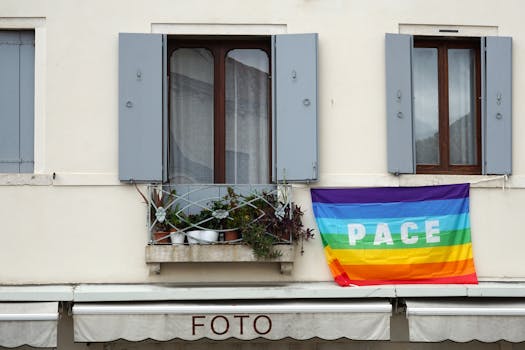
Cultural Fusion: Embracing Diversity in European Lifestyles by 2025
Cultural fusion is a term used to describe the blending of different cultural practices, traditions, and values. In the context of European lifestyles, cultural fusion is becoming increasingly important as the continent becomes more diverse. By 2025, it is expected that cultural fusion will have a significant impact on European lifestyles, promoting diversity and inclusion.
What is Cultural Fusion?
Cultural fusion refers to the process of combining different cultural practices, traditions, and values to create a new and unique cultural identity. This can occur through the interaction of different cultural groups, the exchange of ideas and practices, and the creation of new cultural forms. In Europe, cultural fusion is happening at a rapid pace, driven by factors such as migration, globalization, and technological advancements.
Benefits of Cultural Fusion
Cultural fusion has numerous benefits, including:
- Promoting diversity and inclusion: Cultural fusion helps to break down cultural barriers and promote understanding and acceptance of different cultural practices and traditions.
- Encouraging creativity and innovation: The blending of different cultural practices and traditions can lead to the creation of new and innovative ideas, products, and services.
- Fostering economic growth: Cultural fusion can help to stimulate economic growth by creating new opportunities for trade, tourism, and cultural exchange.
- Enhancing social cohesion: Cultural fusion can help to build stronger, more cohesive communities by promoting cross-cultural understanding and cooperation.
Examples of Cultural Fusion in Europe
There are many examples of cultural fusion in Europe, including:
- Food: The blending of different culinary traditions, such as Italian, Chinese, and Indian, to create new and unique dishes.
- Music: The fusion of different musical styles, such as jazz, hip-hop, and classical, to create new and innovative sounds.
- Art: The combination of different artistic styles, such as painting, sculpture, and photography, to create new and thought-provoking works of art.
- Fashion: The blending of different fashion styles, such as traditional, modern, and streetwear, to create new and exciting fashion trends.
Challenges and Opportunities
While cultural fusion offers many benefits, it also presents challenges and opportunities, including:
- Managing diversity: The integration of different cultural groups and practices can be complex and requires careful management to ensure that all groups feel included and valued.
- Promoting cross-cultural understanding: Cultural fusion requires effort and commitment to promote cross-cultural understanding and cooperation.
- Addressing cultural appropriation: The adoption of cultural practices and traditions from other cultures can be sensitive and requires careful consideration to avoid cultural appropriation.
- Embracing change: Cultural fusion requires a willingness to embrace change and adapt to new cultural practices and traditions.
Conclusion
In conclusion, cultural fusion is a powerful force that is transforming European lifestyles, promoting diversity and inclusion. By 2025, it is expected that cultural fusion will have a significant impact on European lifestyles, driving economic growth, social cohesion, and creativity. As we move forward, it is essential that we embrace cultural fusion, promote cross-cultural understanding, and address the challenges and opportunities that it presents.





